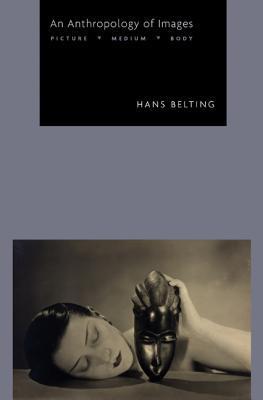What do you think?
Rate this book


216 pages, Paperback
First published January 1, 2001
I came to read this book by chance: an illness had rendered me incapable of completing an assignment that was meant to be on Ferdinand de Saussure, so my lecturer reassigned me to Hans Belting's 'Anthropology of Images' instead. As a young, burgeoning nineteen year old who was just beginning to explore and understand the Art Theory field beyond the boundaries of first year university classes, 'Bild-Anthropologie' helped shape my fundamental understanding of and interests within the field.
Belting's theory itself is fascinating, and has many hallmarks of contemporary, scientific thought: his understanding of how we view, consume, and store images within ourselves has a pseudo-neuro-scientific vibe. The notion of the locus of images resonated with me in particular: the idea that each and every human being views and stores enough images over a lifetime in order to be considered a 'library of images' is deeply fascinating. Indeed, how does one really destroy an image, without having to erase the memory of that image, or bild, from the consciousness of all those who still continue to carry it within their own minds?
Of course, the book is translated from German, and Belting himself elected to exclude certain chapters as he felt that English could not truly capture what they were trying to communicate (but apparently, Spanish, French, German and Italian do... ah well). Despite this, the writing flows, and has a steady structure and forward motion to it: each fact is presented methodically, each argument is clearly outlined, presented, and defined, each idea is culminated and concluded in a neat little arc at the end of the chapter. At times, the writing itself is prosaic, particularly with the imagery of elderly Middle Eastern men carrying within them ancient images of Islamic symbolism, acting as Islamic Bild-libraries. Perhaps this is a wonderful remnant from the book's German origins.
I do indeed recommend this book, of course I do: someday, I hope to expand upon Belting's ideas and bring about the unification of Belting's art theory with a proper, well researched, neuroscientific base. Until then, I can merely rant and rave about it on the internet, waiting for the day I finish my undergraduate studies and can truly sink my teeth into the Bild-Anthropologie.